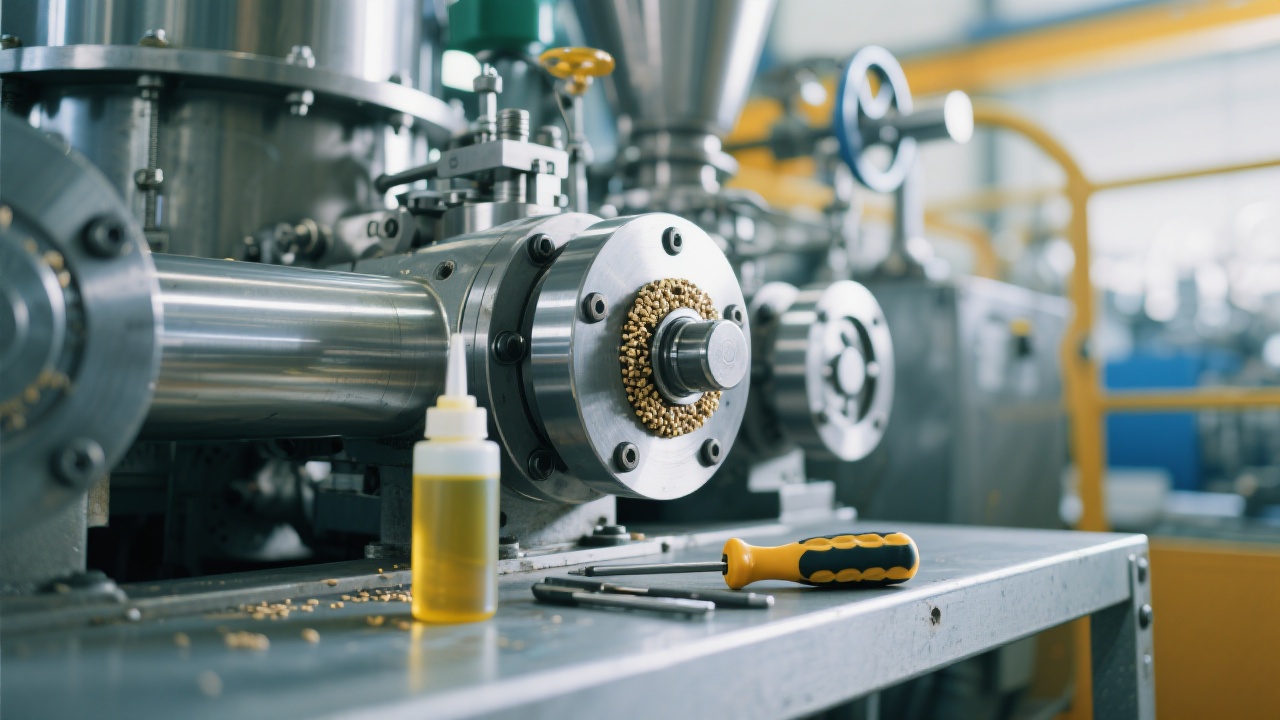
In the global edible oil market, quality and consistency are no longer optional—they’re essential for export competitiveness. For small-to-medium sesame oil producers aiming to break into EU, Middle Eastern, or Southeast Asian markets, mastering each stage of the industrial process is critical. Here's how to turn your plant from a basic extractor into a precision-engineered operation.
Before any pressing begins, raw sesame seeds must be cleaned thoroughly. In real-world cases, uncleaned seeds can cause up to 12% yield loss due to impurities clogging filters or damaging machinery. Our clients in Nigeria reported a 17% increase in throughput after installing automated magnetic separators and air classifiers—proving that pre-processing isn’t just “housekeeping,” it’s productivity.
| Process Stage | Target Efficiency Gain | Key Metric |
|---|---|---|
| Seed Cleaning | +15–20% | Oil Recovery Rate |
| Pre-Pressing Dehulling | +8–12% | Free Fatty Acid (FFA) Reduction |
Many exporters underestimate the impact of temperature during high-temperature pressing. According to our lab tests at a Turkish facility, maintaining a press chamber temperature between 115°C and 130°C results in optimal oil extraction without degrading aroma compounds. Going above 140°C increases oxidative rancidity by over 30%, which directly affects shelf life and customer satisfaction.

For companies targeting European food safety standards (like ISO 22000), manual processes simply won’t cut it. One Vietnamese processor saw their defect rate drop from 6.2% to 1.8% within six months after integrating PLC-based automation for filtration and degumming. Real-time monitoring of moisture content, viscosity, and acidity allows early detection of issues—before they become recalls.
As Dr. Elena Martinez, a food engineer with 18 years in oil refining, puts it: “You don’t need the most expensive system—you need one that’s smart enough to adapt to local conditions.”
If you're stuck with outdated equipment or inconsistent output, start with a process audit—not a full rebuild. Focus on three areas: seed prep, thermal control, and digital feedback loops. Even minor adjustments here can boost your export readiness significantly.
Want a tailored roadmap? We’ve helped over 40 SMEs improve sesame oil quality while reducing waste by up to 22%. Let us show you exactly how to apply these principles to your setup.
Get Your Free Process Optimization Checklist
